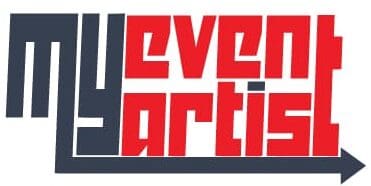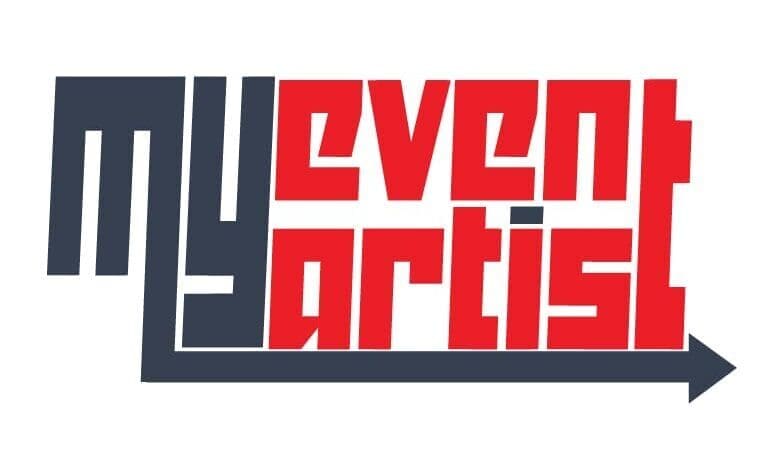Gathering valuable input from stakeholders to ensure your logo’s success.
Introduction: Why Logo Feedback Matters
A logo is the visual cornerstone of your sports event’s brand. It sets the tone, engages participants, and leaves a lasting impression on fans and partners alike. But even the most visually compelling designs can miss the mark if they don’t resonate with your audience. That’s why gathering feedback and thoroughly testing your logo before launch is critical for success.
1. Involving Stakeholders: Creating a Sense of Ownership
Who are your stakeholders?
- Event organizers
- Athletes and teams
- Sponsors and partners
- Volunteers
- Loyal fans and community leaders
Involving this diverse group throughout the design process not only helps refine your logo but also builds early buy-in. When stakeholders feel heard and invested, they become enthusiastic advocates for your event’s new brand.
2. Effective Methods for Gathering Feedback
A. Surveys:
A simple online survey can reach a wide cross-section of your audience. Use clear visuals and ask specific questions (e.g., “Which version feels more energetic?” “What does this symbol mean to you?”).
B. Focus Groups:
Bring together small groups representing different interests—such as local fans, sponsors, and athletes—for guided discussions. Their responses can uncover both emotional and practical reactions often missed in larger surveys.
C. Design Reviews:
Host sessions with internal teams and key partners to collect in-depth, actionable comments at various design stages. Encourage open, constructive criticism.
D. A/B Testing:
Share multiple logo options on social media or at smaller-scale events to observe natural preferences and gather real-time reactions.
3. Testing Logos in Real-World Contexts
A logo’s effectiveness can vary dramatically depending on where—and how—it’s used. Test your designs in the following scenarios:
- Digital: Website headers, mobile apps, social media profiles
- Print: Posters, tickets, brochures
- Merchandise: Shirts, caps, water bottles, banners
- Broadcast: Television overlays, scoreboards
Make sure your logo maintains clarity, visibility, and impact, whether it’s a tiny icon on a mobile screen or spread across a massive stadium banner.
4. Real-World Adjustments: The Value of Honest Input
Many successful events have improved their logos thanks to stakeholder feedback:
- Color Adjustments: Fans might find certain colors hard to read on merchandise, leading to more vibrant and practical choices.
- Symbol Refinement: Sponsor feedback may clarify the need for a less complex icon to ensure better co-branding opportunities.
- Typography Tweaks: Teams or athletes might request easier-to-read fonts so their uniforms look crisp on TV.
Iterative changes based on real-world input help avoid costly missteps and foster goodwill among your core supporters.
5. Best Practices for Implementing Feedback
- Stay Open-Minded: Approach feedback as a partnership, not a checklist. Seek to understand the “why” behind reactions.
- Balance Vision and Consensus: Protect your brand’s core identity while being adaptable to well-argued suggestions.
- Document Revisions: Track feedback and show stakeholders how their input influenced the final design.
- Communicate Final Decisions: When unveiling the logo, explain the story behind your choices and give credit to community input.
Conclusion: From Insight to Impact
Gathering early and broad feedback not only refines your logo—it transforms your brand into a community asset. By testing in varied contexts and openly engaging stakeholders, your logo launch will be met with excitement, support, and pride—paving the way for a stronger, more memorable event.
Ready to create a logo everyone loves?
Start your collaborative design journey with expert guidance at myeventartist.com/shop.
Keywords: sports logo feedback, stakeholder engagement, logo testing, event branding, logo design best practices
#eventbranding #logodesign #stakeholderfeedback #sportsevent #myeventartist



Leave a Reply